Contents
- India is host to 457 migratory fauna, shows latest CMS list
- Water crisis looms large in Himalayan regions
- Centre to review list of monuments under ASI
- Lioness gave foster care to leopard cub in Gir national park
- Experts raise concerns for India over U.S.-Taliban agreement
- With falling allocation, Navy looks at fleet optimisation
- Eurasian otter found in Chilika Lake
INDIA IS HOST TO 457 MIGRATORY FAUNA, SHOWS LATEST CMS LIST
Focus: GS-III Environment and Ecology, Prelims
Why in news?
- With new additions to the wildlife list put out by the Convention on the Conservation of Migratory Species (CMS), scientists say that the total number of migratory fauna from India comes to 457 species.
- Birds comprise 83% (380 species) of these 457 species.
Details
- The Zoological Survey of India (ZSI) had for the first time compiled the list of migratory species of India under the CMS before the Conference of Parties (COP 13)held in Gujarat on February 2020.
- It had put the number of migratory species at 451. Six species were added later.
- The 6 species that were added are the Asian elephant, great Indian bustard, Bengal florican, oceanic white-tip shark, urial and smooth hammerhead shark.
- Globally, more than 650 species are listed under the CMS appendices.
- India has over 450 species, and hence plays a very important role in their conservation.
Bits of Information
- The bird family Muscicapidae (small arboreal insectivores) has the highest number of migratory species.
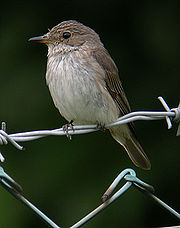
- The next highest group of migratory birds is raptors or birds of prey, such as eagles, owls, vultures and kites which are from the family Accipitridae.
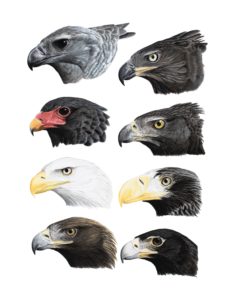
Another group of birds that migrate in large numbers are waders or shore birds.
- The largest group of mammals is definitely bats belonging to the family Vespertilionidae.
- India has three flyways (flight paths used by birds): the Central Asian flyway, East Asian flyway and East Asian–Australasian flyway.
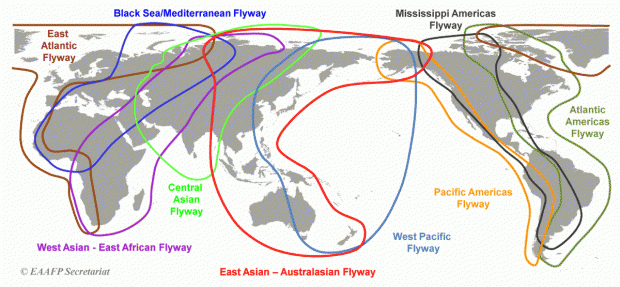
- Dolphins are the second highest group of mammals with nine migratory species of dolphins listed.
- Seven reptiles, which include five species of turtles and the Indian gharial and salt water crocodile, are among the CMS species found in India.
Conservation of Migratory Species (CMS)
- CMS is an international treaty under the aegis of the United Nations Environment Programme (UNEP).
- It is also known as the Bonn Convention.
- The convention was signed in 1979 at Bonn (hence the name Bonn Convention), Germany and entered into force in 1983.
- It is headquartered in Bonn, Germany.
- CMS aims to conserve terrestrial, marine and avian migratory species throughout their range.
- CMS is only global and UN-based intergovernmental organization established exclusively for conservation and management of terrestrial, aquatic and avian migratory species throughout their range.
- The convention provides a global platform for deliberations on the conservation and sustainable use of migratory wild animals and their habitat.
- Since its entry into force, the membership has grown steadily to include over 120 Parties from Africa, Central and South America, Asia, Europe and Oceania.
Extra Information
- River Dolphin is the National Aquatic Animal of India. This mammal is also said to represent the purity of the holy Ganga as it can only survive in pure and fresh water.
- Plataista gangetica has a long pointed snout and also have visible teeth in both the upper and lower jaws.
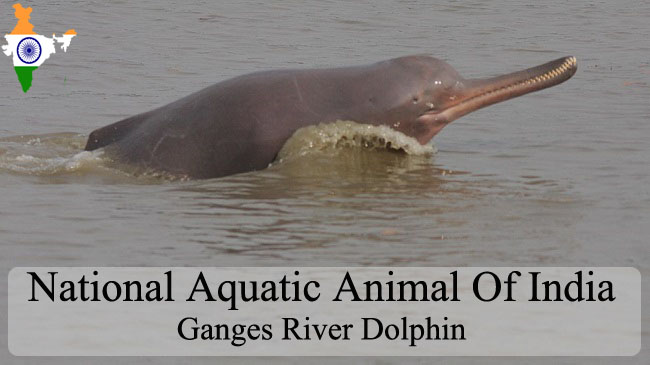
WATER CRISIS LOOMS LARGE IN HIMALAYAN REGIONS
Focus: GS-III Environment and Ecology
Why in news?
- Eight towns in the Himalayan region of Bangladesh, Nepal, India and Pakistan were nearly 20%-70% deficient in their water supply, says a survey.
- Unplanned urbanisation and climate change are the key factors responsible for the state of affairs.
Dependence on Springs
- The places surveyed are extremely dependent on springs (ranging between 50% and 100%) for their water, and three-fourths were in urban areas.
- Under current trends, the demand supply gap may double by 2050.
Issues that need to be addressed
- Communities were coping through short-term strategies such as groundwater extraction, which is proving to be unsustainable.
- Across the region, the encroachment and degradation of natural waterbodies (springs, ponds, lakes, canals, and rivers) and the growing disappearance of traditional water systems (stone spouts, wells, and local water tanks) are evident.
- Although only 3% of the total Hindu Kush Himalayan population lives in larger cities and 8% in smaller towns, projections show that over 50% of the population will be living in cities by 2050, placing “tremendous stress” on water availability.
Way Forward
- A holistic water management approach that includes springshed management and planned adaptation is therefore paramount.
- Lessons can also be drawn from the work of Sankalpa Rural Development Society (SRDS) which has been training farmers of Karnataka on revival of defunct borewells.
- Spring rejuvenation calls for mapping of the springshed, identification of recharge areas, pinpointing sites for appropriate recharge structures, construction of recharge structures through convergence of activities under MGNREGS, PMKSY-WDC and related Schemes of State Governments.
CENTRE TO REVIEW LIST OF MONUMENTS UNDER ASI
Focus: GS-I Art and Culture, Prelims
Why in news?
- The number of monuments under the Centre’s protection could increase as the government is planning to conduct a review of those under the Archaeological Survey of India (ASI) and the ones protected by the State governments.
Details
- As of March 2020, 3,691 monuments nationwide are protected by the ASI, with the highest number, 745, in Uttar Pradesh.
- The list of Centrally protected monuments can go up to 10,000.
- In Tamil Nadu alone, there are about 7,000 temples, many of which are hundreds of years old.
- On the other hand, there are some monuments under the ASI that can be shifted to the State list.
- There is a ban on construction within 100 metres of a Centrally protected monument and regulated construction within 100-200 metres under the Ancient Monuments and Archaeological Sites and Remains Act, 1958.
About Archaeological Survey of India (ASI)
- The Archaeological Survey of India is an Indian government agency attached to the Ministry of Culture.
- ASI is responsible for archaeological research and the conservation and preservation of cultural monuments in the country.
- Maintenance of ancient monuments and archaeological sites and remains of national importance is the prime concern of the ASI.
- Besides it regulate all archaeological activities in the country as per the provisions of the Ancient Monuments and Archaeological Sites and Remains Act, 1958.
- It also regulates Antiquities and Art Treasure Act, 1972.
- For the maintenance of ancient monuments and archaeological sites and remains of national importance the entire country is divided into 24 Circles.
- The organization has a large work force of trained archaeologists, conservators, epigraphist, architects and scientists for conducting archaeological research projects through its Circles, Museums, Excavation Branches, Prehistory Branch, Epigraphy Branches, Science Branch, Horticulture Branch, Building Survey Project, Temple Survey Projects and Underwater Archaeology Wing.
- The most important of the society’s achievements was the decipherment of the Brahmi script by James Prinsep in 1837. This successful decipherment inaugurated the study of Indian palaeography.
LIONESS GAVE FOSTER CARE TO LEOPARD CUB IN GIR NATIONAL PARK
Focus: GS-III Environment and Ecology
Why is news?
A lioness in Gujarat’s Gir National Park gave foster care to a leopard cub for more than a month. A study has noted their short-lived bonding as a rare case of foster care between two competing feline species.
- Elephant seals and sea lions are known to adopt orphans of their own kind.
- The animal kingdom has ONLY two reported cases of cross-species adoption in the wild till now.
Gir National Park
- Gir National Park and Wildlife Sanctuary, also known as Sasan Gir, is a forest and wildlife sanctuary near Talala Gir in Gujarat, India.
- In the 19th century, the rulers of Indian princely states used to invite the British colonists for hunting expeditions. At the end of the 19th century, only about a dozen Asiatic lions were left in India, all of them in the Gir Forest, which was part of the Nawab of Junagarh’s private hunting grounds.
- British viceroys brought the drastic decline of the lion population in Gir to the attention of the Nawab of Junagadh, who established the sanctuary.
- Today, it is the only area in Asia where Asiatic lions occur and is considered one of the most important protected areas in Asia because of its biodiversity.
- The Gir ecosystem with its diverse flora and fauna is protected as a result of the efforts of the government forest department, wildlife activists and NGOs.
- It is now considered the jewel of Gujarat’s ecological resources.
- Gir National Park is closed from 16 June to 15 October every year as these Four months of monsoon are considered the best season for the breeding.
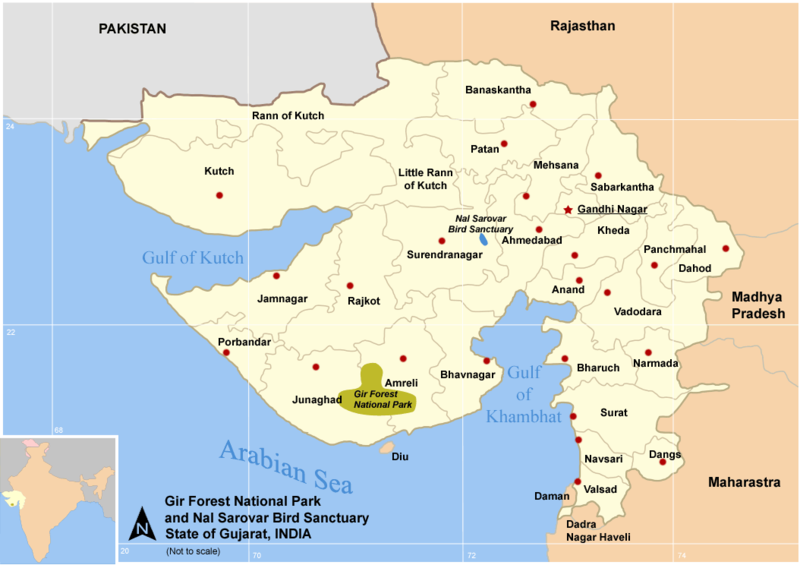
EXPERTS RAISE CONCERNS FOR INDIA OVER U.S.-TALIBAN AGREEMENT
Focus: GS-II International Relations
Why in news?
After a closer look at the texts of the two agreements named the
- ‘Agreement for Bringing Peace to Afghanistan between the Islamic Emirate of Afghanistan which is not recognised by the United States as a state and is known as the Taliban, and the United States of America’, and
- The ‘Joint Declaration between the Islamic Republic of Afghanistan and the United States of America for Bringing Peace to Afghanistan’
Diplomatic and security experts say the impact on India may be a cause for worry for the government.

All Taliban demands have been front-loaded, while the actual terms of the ‘peace deal’ are yet to be negotiated between the Taliban and the Afghan side, facilitated by the U.S. So, much of the heavy lifting remains.
Does the term “U.S. and Allies” include India?
- In the Doha agreement, the Taliban has guaranteed “enforcement mechanisms that will prevent the use of the soil of Afghanistan by any group or individual against the security of the United States and its allies”.
- However, it is unclear whether India, which is not a U.S. ally, is included in this definition, and whether Pakistan backed groups that threaten India would still operate in Afghanistan.
- The Kabul declaration with the Ghani government, more specifically, commits to stopping “any international terrorist groups or individuals, including al-Qa’ida and ISIS-K, from using Afghan soil to threaten the security of the United States, its allies and other Countries.
Impact of prisoner release and lifting sanctions
- According to the agreements, 5,000 Taliban prisoners will be released by March 10, 2020, the first day of intra-Afghan negotiations, and the remainder in another three months.
- Officials also point out that the U.S. has committed to taking Taliban leaders off the UN Security Council’s sanctions list by May 29, 2020, which could considerably bring down the number of terrorists Pakistan is accused of harbouring, according to the FATF greylist conditions.
- This might benefit Pakistan during the June 2020 FATF Plenary, when it faces a blacklist for not complying.
India’s Concerns
- In the Doha agreement, The U.S. appears to submit to the possibility of a Taliban-led government, by extracting promises that the Taliban will not provide “visas, passports, travel documents or asylum” to those threatening the U.S. and its allies.
- This sidelines the “Intra-Afghan” dialogue, and India’s support for the election process for leadership in Afghanistan.
- India cannot look at the agreements or the route to Kabul via Washington’s view the
- Ghani government, which India has recognised as winner of the 2019 election, will only serve for an interim period.
- This also raises a big question mark on the future of Afghanistan’s government, and whether it will remain a democracy.
- The Afghanistan-Pakistan dialogue facilitated by the U.S. on cross-border terrorism and mechanisms must not cut India out of the region’s security architecture.
WITH FALLING ALLOCATION, NAVY LOOKS AT FLEET OPTIMISATION
Focus: GS-III Internal Security
Why in news?
- Facing increasing budgetary constraints and with several bigticket acquisitions lined up, the Navy is looking at adopting unmanned platforms, both aerial and underwater, in a big way.
- It is firm on a third aircraft carrier and the next line of six advanced submarines under Project-75I.
Details
- As part of the fleet rationalisation plan, the Navy has cut down on the requirement of minesweepers from 12 to 8 and additional P-8I long-range patrol aircraft from 10 to six.
- The Navy now has no dedicated minesweepers in service, and is resorting to makeshift arrangements.
- It has procured some autonomous underwater vehicles is in the process of procuring 10 General Atomics Seaguardian High Altitude Long Endurance (HALE) armed drones from the U.S. for maritime surveillance.
Project-75I
- The Project 75I-class submarine is a follow-on of the Project 75 Kalvari-class submarines for the Indian Navy.
- Under this project, the Indian Navy intends to acquire six diesel-electric submarines, which will also feature advanced air-independent propulsion systems to enable them to stay submerged for longer duration and substantially increase their operational range.
- All six submarines are expected to be constructed in Indian shipyards.
EURASIAN OTTER FOUND IN CHILIKA LAKE
Why in news?
- Researchers conducting a study in Odisha’s Chilika Lake have found the presence of a viable, breeding population of a fishing cat in the brackish water lagoon.
- It is a globally endangered species that is elusive and found in very few places in south and southeast Asia.
- Another globally endangered species, smooth-coated otter, has also been recorded from the study’s data.
Fishing Cat
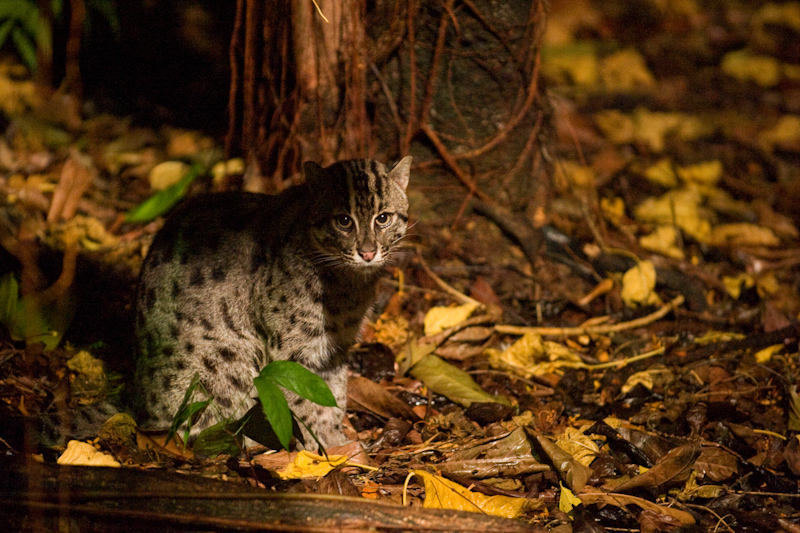
- The fishing cat (Prionailurus viverrinus) is a medium-sized wild cat of South and Southeast Asia.
- Since 2016, it is listed as Vulnerable on the IUCN Red List.
- Fishing cat populations are threatened by destruction of wetlands and have declined severely over the last decade.
Smooth-Coated Otter
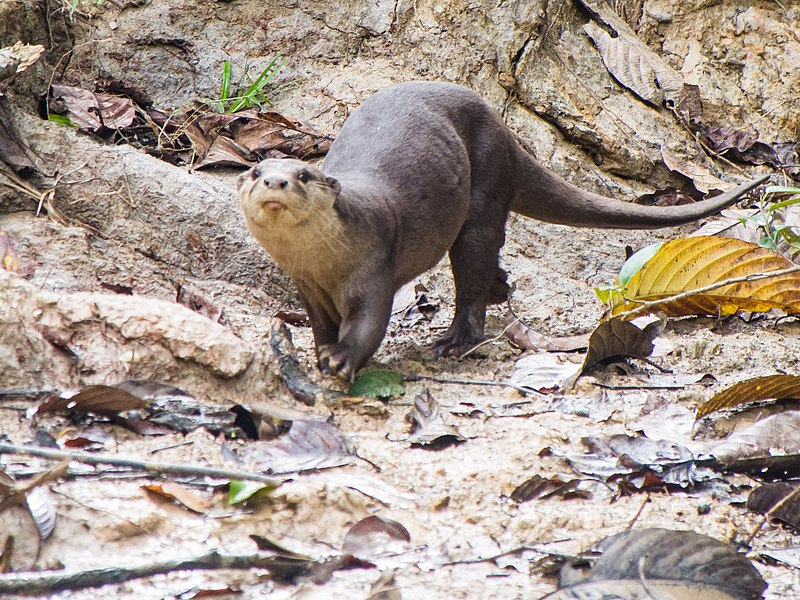
- The smooth-coated otter (Lutrogale perspicillata) is an otter species occurring in most of the Indian subcontinent and Southeast Asia, with a disjunct population in Iraq.
- The smooth-coated otter is a protected species in most range countries and listed globally as a vulnerable species. It had been listed on CITES Appendix II since 1977.
- Since August 2019, it is included in CITES Appendix I, thus strengthening its protection in regards to international trade.
IUCN
- The International Union for Conservation of Nature (IUCN) is a membership union uniquely composed of both government and civil society organisations.
- Created in 1948, it is the global authority on the status of the natural world and the measures needed to safeguard it.
- It is headquartered in Switzerland.
- The IUCN Red List of Threatened Species, is the world’s most comprehensive inventory of the global conservation status of plant and animal species.
CITES Appendix
- The Convention on International Trade in Endangered Species of Wild Fauna and Flora (CITES) is an international agreement to which States and regional economic integration organizations adhere voluntarily.
- CITES was drafted as a result of a resolution adopted in 1963 at a meeting of members of the International Union for Conservation of Nature (IUCN).




